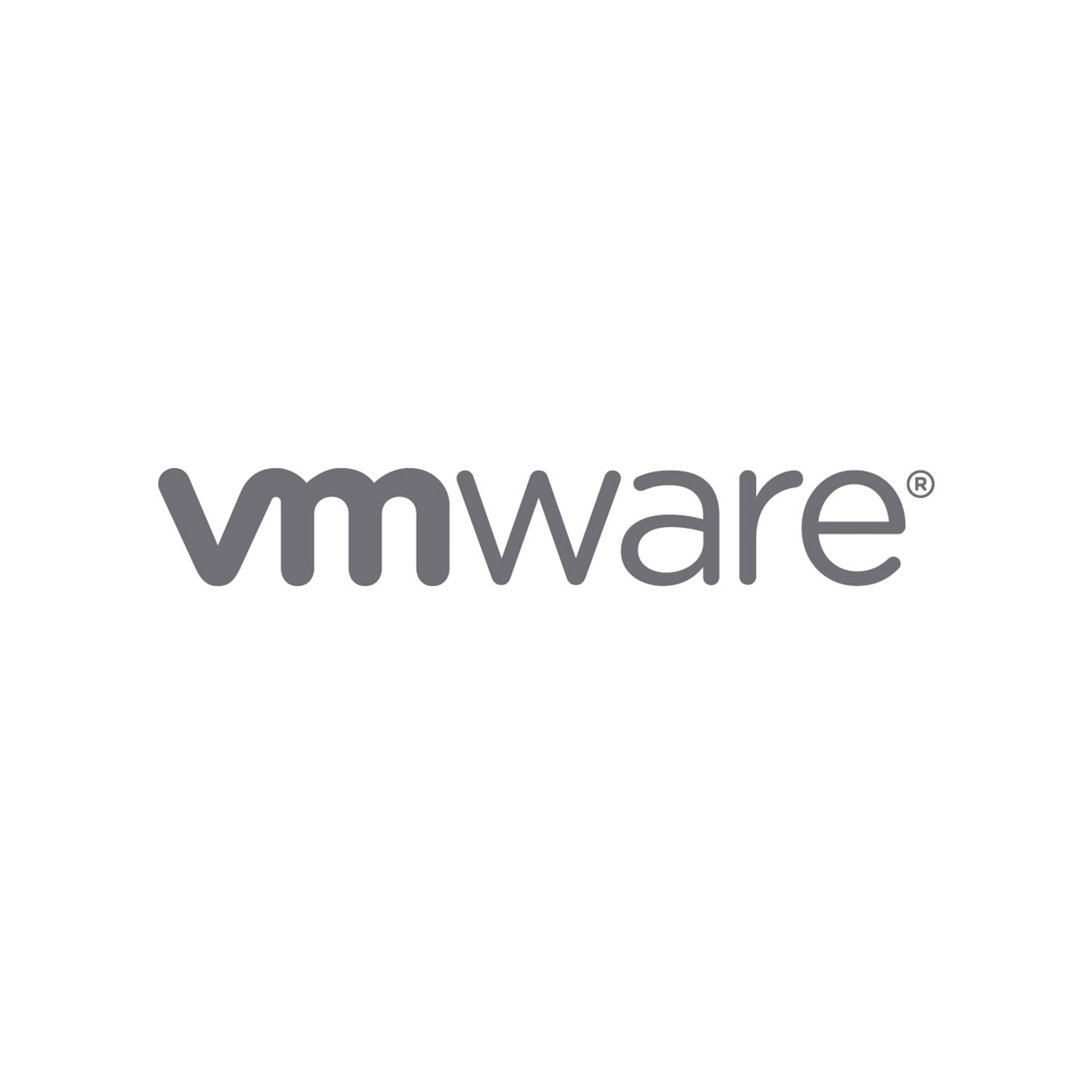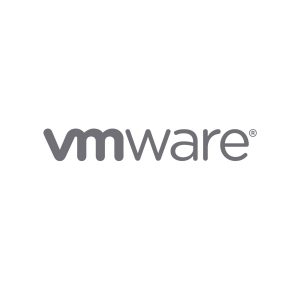Description
About This Course
This training course focuses on the advanced capabilities of VMware® vCenterTM Operations ManagerTM 5.6, such as adapters, customization and management topics. You will learn how to use adapters, define custom super metrics, customize dashboards, and use the Custom user interface. The course is based on vCenter Operations Manager 5.6, and integration with VMware® vSphere® 5.1, VMware vCloud Director® 5.1, and VMware® vFabricTM Hyperic®.
Prerequisites
- Install and configure basic settings in vCenter Operations Manager
- Log in and use the vSphere user interface of vCenter Operations Manage
- Identify the difference between badges and metrics
Objectives
By the end of this course, you should be able to meet the following objectives:
- Identify the capabilities of adapters, their use cases, availability, and installation
- Describe super metrics, attributes, and attribute packages as well as object tagging
- Manage user access to the VMware vCenter Operations Manager Custom UI
- Work with smart alerts and custom alert notification
- Use custom dashboards to build specific views for operationsand application monitoring
Course Outline
Module 1: Course Introduction
-
Introductions and course logistics
-
Course goals and objectives
Module 2: vCenter Operations Manager Advanced Architecture
-
Introduce vCenter Operations Manager architecture
-
Explain sizing guidelines
-
Describe vCenter Operations Manager availability and backup
Module 3: Adapters for Data Collection
-
Understand adapters
-
Identify available adapters
-
Install and configure adapters
-
Troubleshoot adapters
Module 4: Metrics and Super Metrics
-
Understand metrics
-
Configure and use super metrics
Module 5: Applications, Attribute Packaging, KPIs, and Tags
-
Introduce the application design concept in vCenter Operations Manager
-
Configure and use attribute packages and KPIs
-
Create tags and groups
Module 6: Dashboards
-
Introduce custom dashboards
-
Manage widgets
-
Manage interactions
-
Manage templates
Module 7: Smart Alerts and Custom Alerts
-
Work with and troubleshoot alerts
-
Configure alert notifications
Module 8: User and Role Management
-
Work with and troubleshoot alerts
-
Configure alertn notifications
Module 9: Troubleshooting
-
Identify the basic troubleshooting workflows
-
Understand Self Info and self-monitoring of vCenter Operations Manager
-
Examine the Support page in the Custom UI
Hands On Labs
You will spend approximately 40% of class time completing hands-on labs.
Who Should Attend
-
Experienced system administrators
-
System integrators
-
Architects
-
Professional and expert level VMware staff


